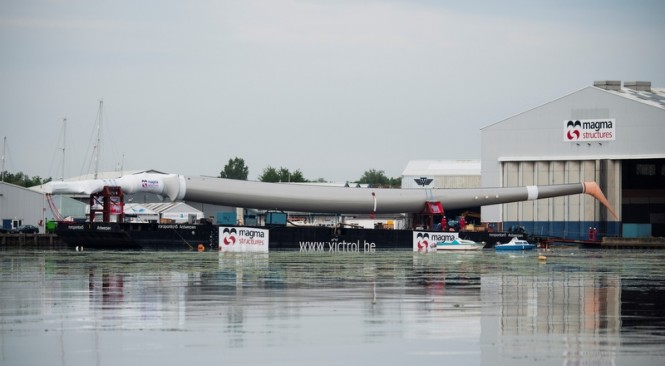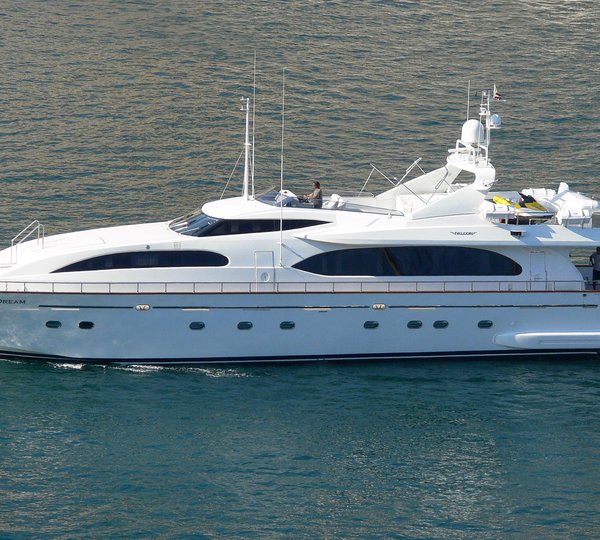Portsmouth-based UK composites specialists, Magma Structures, are thrilled to announce that they have successfully delivered three of the world’s tallest carbon composite free-standing superyacht masts. The company was commissioned to build the impressive superyacht masts by a prestigious German shipyard.
It has taken over 3 years to develop, test, design and build the superyacht masts, using advanced composite manufacturing processes. The rigs are designed to withstand bending loads of more than 40Mn; more than twice the load on a Boeing Dreamliner wing. Over 70 people have worked on the build of the rigs, comprising the company’s in-house team of specialist composite design engineers.
Clive Johnson, Managing Director of Magma Structures, commented: “These rigs are amongst the most technically challenging free-standing carbon composite structures to have been manufactured due to their size, design load requirements and the marine environment in which they will be used. The skills developed and experience gained from building these rigs are already having a direct impact on projects we are developing in other sectors including bridges, stadia and buildings where the benefits of manufacturing in composites can be significant.”
The rig concept was superbly designed by Dykstra Naval Architects in the Netherlands, while the load analysis as well as engineering drawings were compiled by Magma Structures’ in-house engineering design team. Each mast is able to rotate, using systems mounted on ‘wings’ at the side of each of mast, resulting in both the design complexity as well as build challenge.
The rigs boast fibre optic sensors, providing real-time, comprehensive load data on all aspects of the rig as well as safety warnings, historical data, condition monitoring and information for the ultimate sailing performance.
Damon Roberts, Technical Advisor to this outstanding superyacht project, said: “The high strength, fatigue resistant nature of carbon has been the key in enabling us to develop and manufacture a free-standing structure much larger than anything currently built, including the current generation of wind turbine blades, and with much higher bending loads. The embedded fibre optic monitoring data is invaluable in giving us real-time data to optimise the sailing performance as well as verify the design concepts and give us load case data to minimize the maintenance.”


















